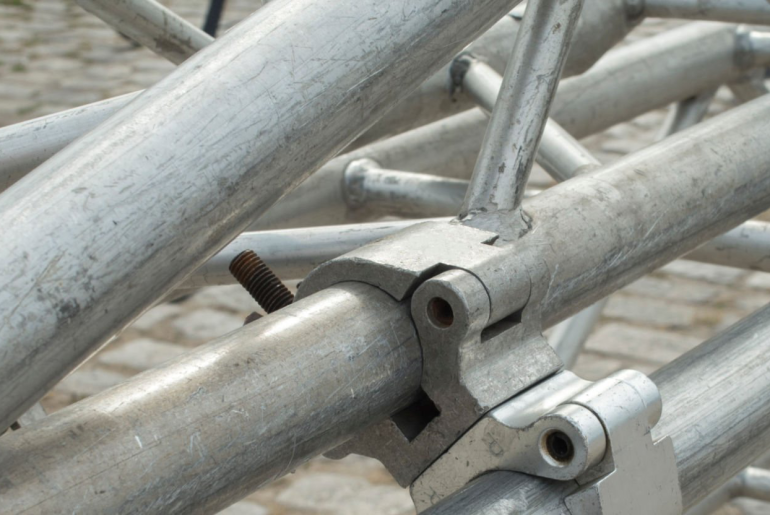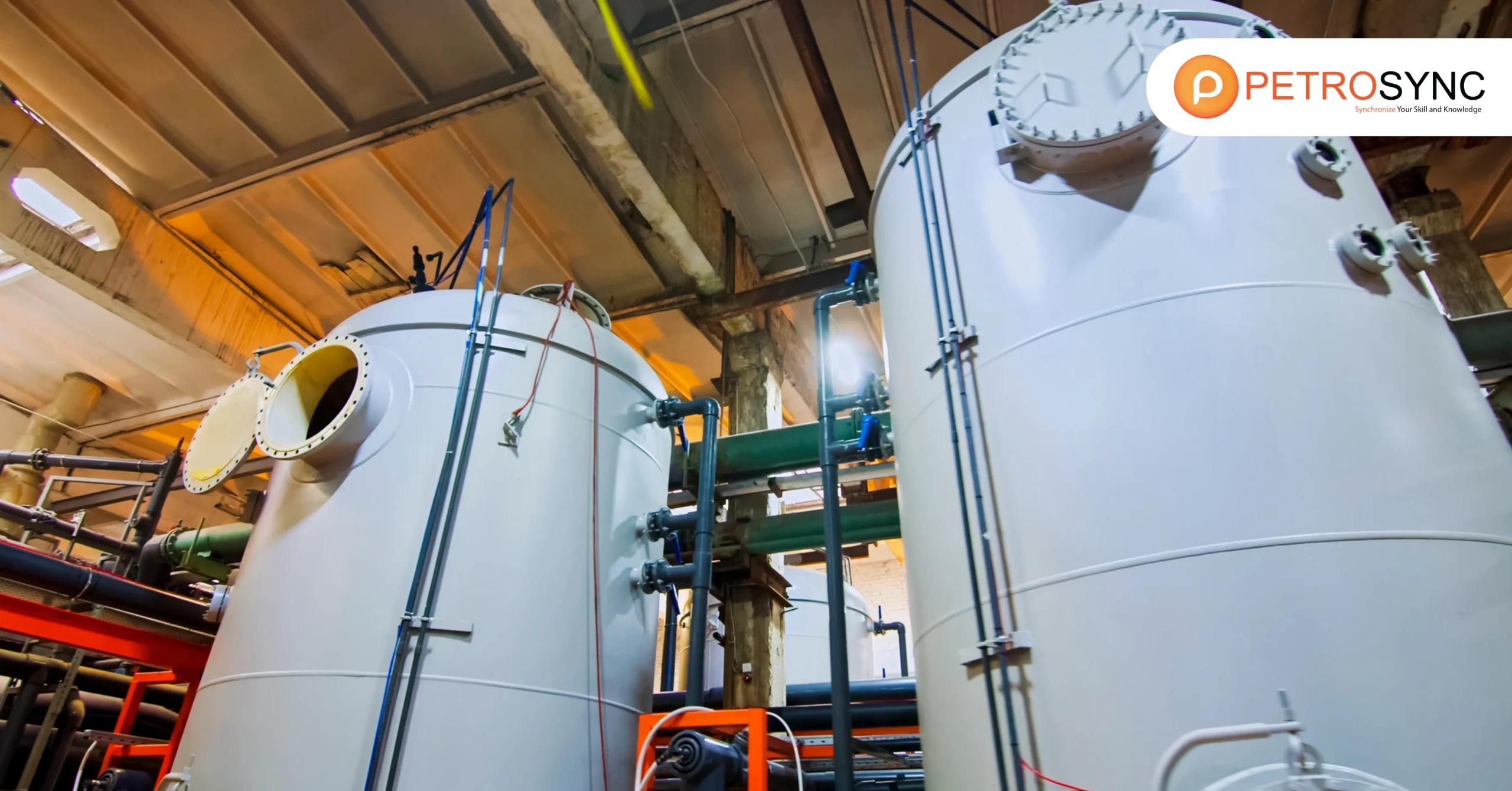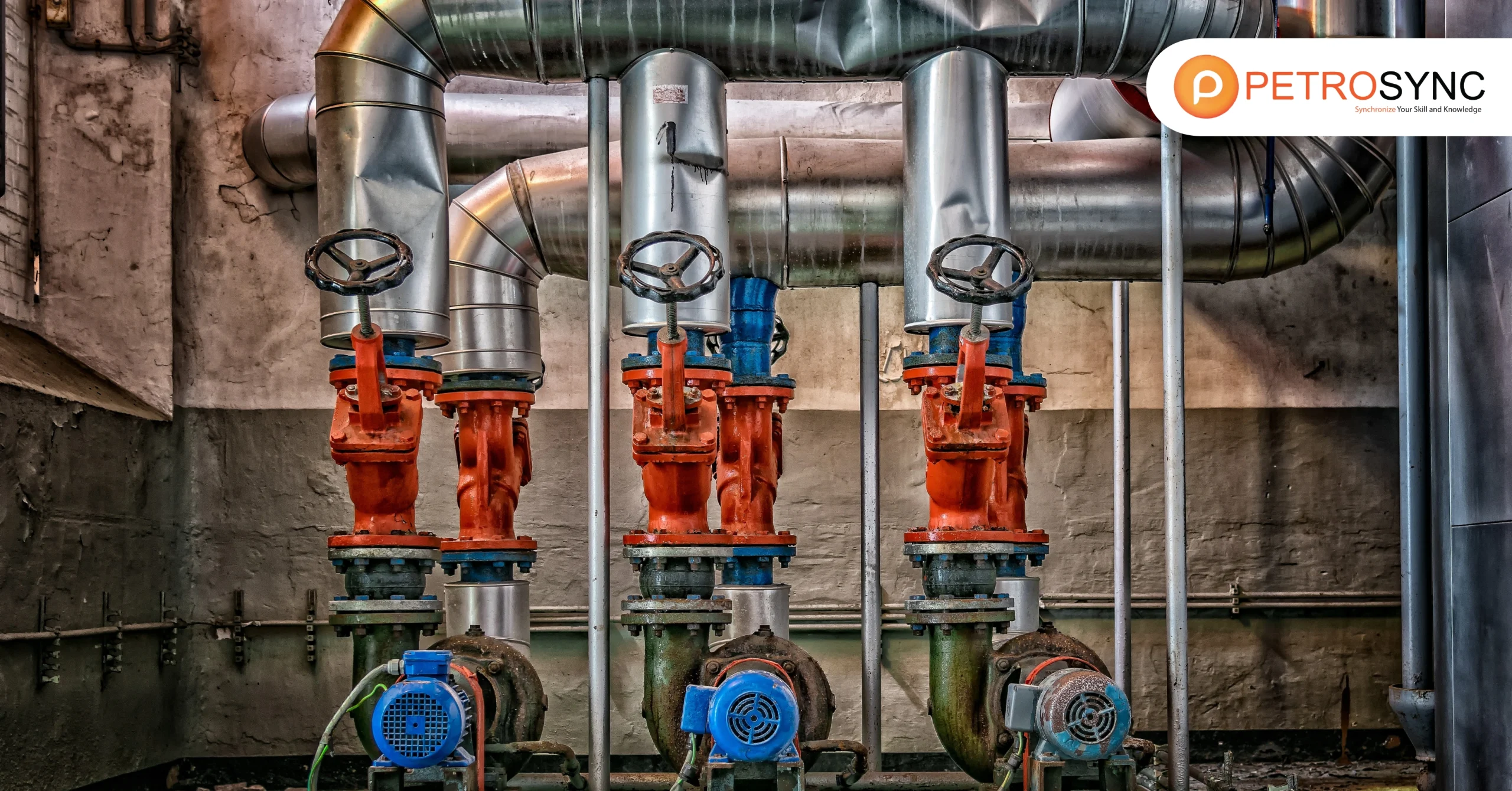Pipe support, often overlooked, proves to be an indispensable element in industrial infrastructure. Whether in power plants or manufacturing, having the right piping support ensures safety, prevents misalignment, and makes operations more efficient. Read on to learn more about piping supports.
What Is Piping Support?
Piping support is a designed element that transfers the load from a pipe to the supporting structures, referring to mechanisms or structures crafted to hold and stabilize pipes in a specific position within an industrial facility.
Piping supports play a crucial role in maintaining the integrity of the piping system by preventing sagging, vibration, or excessive movement. Properly designed and installed piping supports ensure the safe and efficient operation of the entire piping network, contributing to the longevity and reliability of industrial structures.
A pipe support serves four primary functions: anchoring, guiding, absorbing shock, and supporting a designated load. These supports may include insulation materials in applications with high or low temperatures. The design of a pipe support assembly depends on the specific loading and operating conditions.
What Are Some Types of Piping Support?
There are several piping supports that are known in the industry.
1. Pipe Bearing Support
These pipe supports are usually primary, directly connecting to the pipe to bear the load of the piping system. The installation specifics depend on the chosen support’s size and design. Typically, these supports are either bolt-fastened or welded.
|
Pipe Support Design |
Function |
Advantage |
| Pipe Shoes | Provide axial support and prevent movement | Distribute the load evenly, reducing stress on the pipe |
| Pipe Saddles | Offer lateral support and restrain movement | Efficient for maintaining pipe alignment and minimizing vibration |
| Pipe Trunnions | Allow rotational movement of the pipe | Ideal for supporting pipes with thermal expansion and contraction |
| Wear Pads | Reduce friction and protect against wear | Extend the life of the pipe by minimizing abrasion and friction |
To ensure similar behavior when welded and comparable performance under piping process elements or environmental factors, it’s essential for support materials and fasteners to resemble those of the supported pipes.
2. Dynamically Loaded Supports
Dynamically loaded pipe supports serve as either primary or secondary supports, offering variable resistance to movement influenced by factors like compression. These supports play a crucial role in minimizing the impact of abnormal dynamic conditions, such as seismic activity, pump trips, safety/relief valve discharge, or rapid valve closure.
Due to their varying resistance, they enable standard movements during normal operation while maintaining precise movement tolerances during abnormal conditions. This ensures the stability and integrity of the piping system under changing circumstances, contributing to safe and efficient operation.
|
Dynamically Loaded Support |
Function |
Advantage |
| Energy Absorbers | Absorb and dissipate energy from sudden movements | Mitigate the impact of abrupt changes, reducing stress on the piping system |
| Hanger Supports | Provide vertical support and dampen vertical movement | Efficiently suspend and stabilize pipes, minimizing vibration and ensuring proper alignment |
| Pipe Whips or Hold Down Restraints | Restrict horizontal movement during dynamic events | Prevent excessive lateral movement, enhancing the overall stability of the piping system |
| Snubbers | Control and limit the movement of pipes | Ensure controlled and gradual movement, preventing abrupt shifts and reducing stress on the piping components |
| Struts | Offer support and limit movement in a specific direction | Provide directional stability, preventing unwanted movement and maintaining proper alignment |
| Sway Braces | Control lateral movement and sway in piping systems | Minimize lateral displacement, enhancing the system’s ability to withstand dynamic forces and maintaining alignment |
3. Constantly Loaded Supports
Constantly loaded supports in pipe systems maintain a steady load, offering consistent resistance against gravitational forces or fixed loads. Unlike dynamically loaded supports, which adjust resistance based on various factors, constantly loaded supports, also known as constants, sustain a static resistance level. This design makes them well-suited for applications with extremely high loads or systems where movements and loading conditions create significant variability.
|
Constantly Loaded Support |
Function |
Advantage |
| Horizontal | Provides steady lateral support and resistance | Ideal for countering side-to-side movements and maintaining stability |
| Vertical | Offers consistent vertical support and resistance | Efficient for sustaining upward or downward loads and ensuring stability |
4. Variable Spring Supports
Variable spring supports in piping systems are essential devices for supporting pipes, especially when dealing with changing loads. These supports play a crucial role in balancing the concentrated gravitational load of pipe sections while accommodating thermal movement.
In piping design, controlling the direction and amount of movement in different pipe sections is a significant function. Variable supports use coiled springs to bear a load and allow movement. The resistance of the coil to a load change during compression, similar to dynamic supports, earning them the name “variables.”
Unlike other designs, variable springs typically collaborate with slide plates made from stainless steel, PTFE, or graphite in a secondary support manner, rather than attaching directly to the pipes as primary support. This approach ensures flexibility and stability in accommodating varying loads, contributing to the safe and efficient operation of the entire piping network.
5. Threaded Members and Pipe Hangers
Threaded members are like bars or rods with screw-like ends. They are used to connect different parts of pipe support systems. The threaded ends make it easy to adjust and fit them to different pipes. By connecting with other support parts through threading, these members help keep the piping system stable.
Pipe hangers are tools that hold pipes up from structural elements, preventing them from sagging or moving too much. There are different types of hangers, such as clevis hangers and loop hangers, chosen based on factors like the size and weight of the pipes. Pipe hangers play a key role in keeping pipes aligned correctly, reducing vibrations, and ensuring the entire piping system stays strong and reliable.
|
Threaded Members and Pipe Hangers |
Design | Function |
Advantage |
| Stainless Steel U-Bolts | U-shaped bolts with threads | Securely fasten pipes to structural elements | Resistant to corrosion, providing durability and strength |
| Clevis Hangers | U-shaped hangers with a pin | Suspend pipes, allowing vertical movement | Facilitate easy adjustments and are suitable for various pipe sizes |
| 2-Bolt Pipe Clamps | Clamps with two bolts | Hold pipes in place and prevent lateral movement | Quick and simple installation, providing effective lateral support |
| Riser Clamps | Clamps for vertical pipes | Support vertical pipes, accommodating thermal expansion | Enable vertical movement while providing stability, reducing stress on pipes |
| 3-Bolt Pipe Clamps | Clamps with three bolts | Offer additional stability for holding pipes in position | Distribute load evenly, reducing stress on pipes and enhancing overall stability |
| Heavy-Duty Beam Attachments | Attachments for support beams | Connect pipes to support beams in heavy-duty applications | Provide robust support in demanding conditions, ensuring long-term reliability |
When used with the proper fasteners, these supports offer strong, long-lasting, and reliable support for pipes of almost any size.
What Are The Functions and Purposes of Piping Support?
Pipe supports play a crucial role in carrying and spreading the weight or pressures within a piping system. They are particularly vital for managing unusual situations like sudden increases in load, rapid temperature fluctuations, and changes in the structure’s position or settling.
1. Stability and Alignment
Piping supports ensure that pipes remain stable and properly aligned within an industrial structure. By preventing sagging or excessive movement, these supports maintain the intended position of pipes, contributing to the overall stability of the piping system.
2. Load Distribution
The primary function of piping supports is to distribute the weight and forces acting on pipes evenly. By doing so, they prevent concentrated stress points, reducing the risk of damage or deformation. Proper load distribution is critical for the longevity and structural integrity of the entire piping network.
3. Vibration and Movement Control
Piping supports play a crucial role in minimizing vibrations and controlling movement caused by various factors, such as fluid flow or thermal expansion. This control not only enhances the safety of the piping system but also ensures smooth operation without undue stress on the pipes.
4. Thermal Expansion and Contraction Accommodation
In response to temperature changes, pipes may expand or contract. Piping supports are designed to accommodate this thermal movement, preventing issues like buckling or distortion. By allowing controlled expansion and contraction, these supports contribute to the durability of the piping system.
5. Preventing Structural Damage
Piping supports serve as a protective measure against potential structural damage. By providing reliable support, they reduce the risk of pipes shifting or exerting excessive force on surrounding structures. This prevention of structural damage ensures the overall safety and reliability of the industrial facility.
What Is The ASME Standard for Piping Support?
ASME B31.3, in Chapter II and Section 321, outlines the rules for supports and devices restraining pipes. It lays down overall requirements for these supports and describes the conditions they should be designed for. While elements like springs and hanger rods fall under ASME B31.3, the structures these supports connect to are not covered. The goal is for support to meet the design objectives, handling both ongoing and occasional loads, along with thermal displacement, ensuring the stability of the piping system.
In conclusion, having a good grasp of piping supports is crucial for you as a piping engineers. It ensures the reliability and safety of industrial piping systems by understanding how to design proper supports, distribute loads effectively, and control alignment. This knowledge is critical in preventing structural problems, maintaining stability, and avoiding potential dangers. Piping engineers with this expertise play a vital role in creating a secure and efficient industrial environment.
If you are looking for the opportunity to enhance your skills in piping design, inspection, and maintenance following industry standards, Petrosync provides a comprehensive ASME B31.3 training program. This training focuses on the details of piping systems, covering design requirements, inspection procedures, and maintenance practices in line with ASME B31.3 standards.
You will gain valuable insights into the critical aspects of piping engineering, ensuring you are well-prepared to meet industry demands and uphold the highest standards of safety and compliance.
Credit: iStock

SEO specialist by day, fact-checker by night. An avid reader and content writer dedicated to delivering accurate and engaging articles through research and credible sources.






